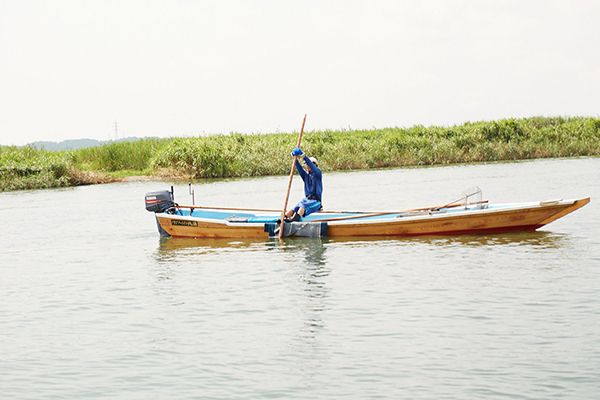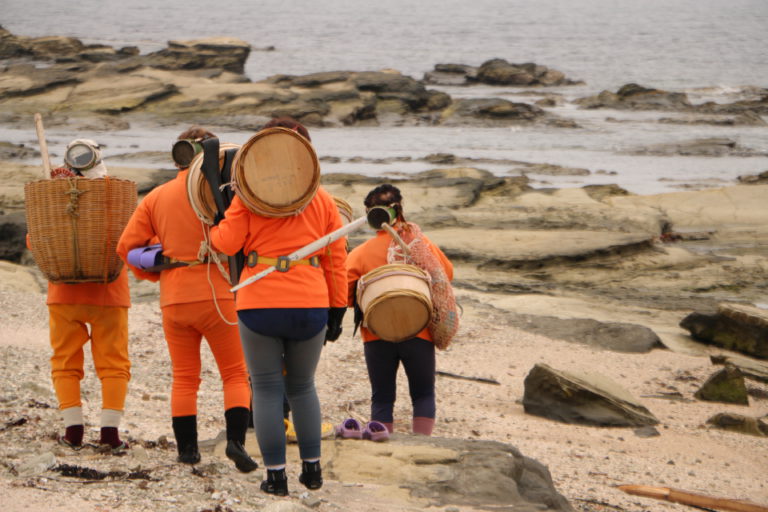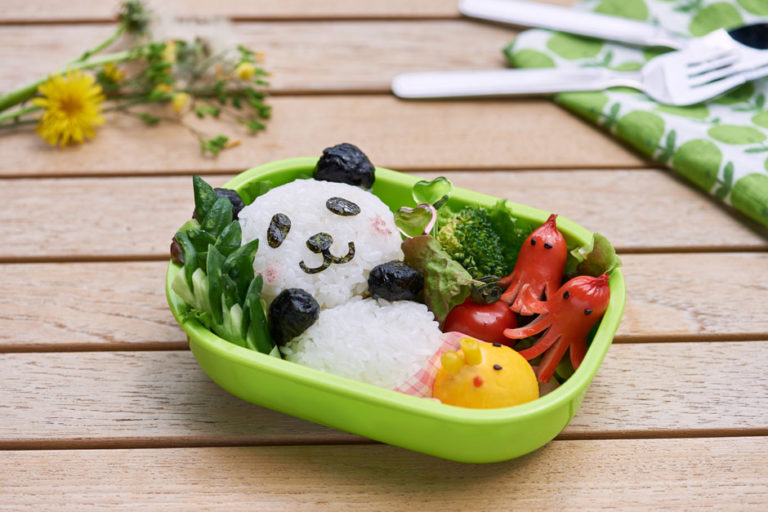SHUN CURATORS (September 2016)
The Wonder of Ordinary Japan
― Stuart Varnam-Atkin/Narrator, writer, actor

Stuart laughs as he shifts his large frame, saying, “For some reason, Japan seems to suit me.” We spoke to him about his experiences in Japan and his culinary discoveries.
Surprising Japanese food—it’s not just sushi
What initially brought you to Japan?
While I was studying Geography at Oxford University, I thought that, after graduation, I would like to work somewhere far away. I had taught English to Japanese people in London, and I enjoyed Japanese movies, including the work of Akira Kurosawa, so I already felt an affinity for Japan.
I first had the opportunity to visit Japan in 1972. I lived in Kobe for two years working as an English teacher. After that, I lived in Saudi Arabia for a while, and then in 1976 I came back to Japan. At present, I’m living in Tokyo.
For a while, I ran a small theater company in Tokyo, and later moved into narration work, as well as writing books.
Since then, I’ve done a great deal of TV and radio announcing and narrations, worked as a co-translator, provided voice coaching for Japanese actors, led performance workshops, and been a university lecturer, among other things.
People ask me how many hats I wear, but in my view, all of these roles are connected in the sense of “working with words.”
I first had the opportunity to visit Japan in 1972. I lived in Kobe for two years working as an English teacher. After that, I lived in Saudi Arabia for a while, and then in 1976 I came back to Japan. At present, I’m living in Tokyo.
For a while, I ran a small theater company in Tokyo, and later moved into narration work, as well as writing books.
Since then, I’ve done a great deal of TV and radio announcing and narrations, worked as a co-translator, provided voice coaching for Japanese actors, led performance workshops, and been a university lecturer, among other things.
People ask me how many hats I wear, but in my view, all of these roles are connected in the sense of “working with words.”
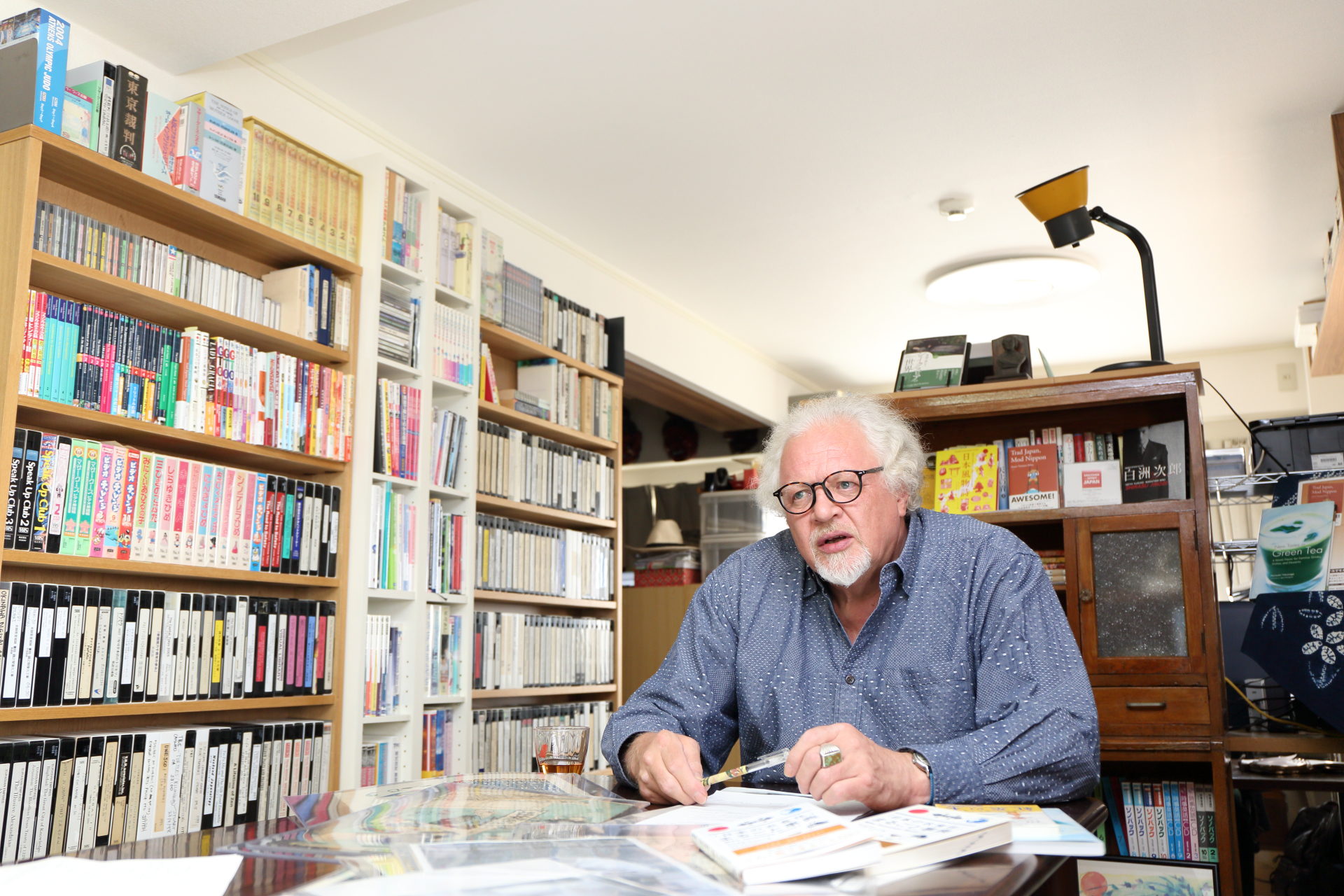
What aspects of Japanese cuisine have made an impression on you?
My first encounter with Japanese cuisine was sushi and sashimi that I tried when I was teaching in London. Sushi has grown increasingly popular in the UK, where it’s the first thing that springs to mind when people thought of Japanese food. However, when I came to Japan, I discovered natto, sea cucumber (namako), and a host of other surprising Japanese delicacies.
I’ve always been the type of person who will try anything once, so if I see a food I’ve never eaten before, my first response is to taste it. When I visited Kasuga Shrine in Nara, I even ate deer crackers, not realizing that they were not intended for human consumption!
Once when I was boat fishing in Wakayama, I tasted sashimi of a scorpion fish I had just caught, and it was so delicious. When I first saw grasshopper (inago) served, with legs and wings attached, I was certainly surprised, but I tried it and discovered that it was surprisingly good, especially with beer!
Natto had a strange aroma and texture, but I was fine with it when I considered it as a health food. Beans are commonly eaten in the UK, but I had never tried sweetened beans before coming to Japan, so I was less enthusiastic about azuki (anko).
In my role as a teacher, I have had many opportunities to visit new places with my students, which has allowed me to sample the food culture of various regions. I have been fortunate in that way.
I’ve always been the type of person who will try anything once, so if I see a food I’ve never eaten before, my first response is to taste it. When I visited Kasuga Shrine in Nara, I even ate deer crackers, not realizing that they were not intended for human consumption!
Once when I was boat fishing in Wakayama, I tasted sashimi of a scorpion fish I had just caught, and it was so delicious. When I first saw grasshopper (inago) served, with legs and wings attached, I was certainly surprised, but I tried it and discovered that it was surprisingly good, especially with beer!
Natto had a strange aroma and texture, but I was fine with it when I considered it as a health food. Beans are commonly eaten in the UK, but I had never tried sweetened beans before coming to Japan, so I was less enthusiastic about azuki (anko).
In my role as a teacher, I have had many opportunities to visit new places with my students, which has allowed me to sample the food culture of various regions. I have been fortunate in that way.

I hope people can experience “ordinary” Japan
Having lived in Japan for many years, what do you think is unique about its culinary culture?
Well, it’s clear the Japanese place great importance on the seasons in their food choices.
When you consider the calendar in Japan, many vegetables and fish are seen as representing a particular season, such as bamboo shoots for spring and sweetfish for summer. This is not a new phenomenon, as ukiyo-e prints from the Edo Period included seasonal food items, and we can sometimes catch glimpses of the eating habits of that time.
Cooking methods are not limited to just baking and boiling—foods are prepared using an abundance of techniques, such as drying and fermentation. I feel that the climatic conditions of each season are effectively incorporated.
Recently, I’ve been focusing on hand movements in Japan’s culinary culture.
It seems to me that the hands play an important role in Japanese cuisine.
For example, sushi is prepared with bare hands, in full view of the diners, and in the tea ceremony, the host performs set hand movements. And okonomiyaki, sukiyaki, and shabu-shabu are all ‘hands-on’ dishes cooked by the diners themselves! This is novel, because it’s not common at restaurants in other countries.
When you consider the calendar in Japan, many vegetables and fish are seen as representing a particular season, such as bamboo shoots for spring and sweetfish for summer. This is not a new phenomenon, as ukiyo-e prints from the Edo Period included seasonal food items, and we can sometimes catch glimpses of the eating habits of that time.
Cooking methods are not limited to just baking and boiling—foods are prepared using an abundance of techniques, such as drying and fermentation. I feel that the climatic conditions of each season are effectively incorporated.
Recently, I’ve been focusing on hand movements in Japan’s culinary culture.
It seems to me that the hands play an important role in Japanese cuisine.
For example, sushi is prepared with bare hands, in full view of the diners, and in the tea ceremony, the host performs set hand movements. And okonomiyaki, sukiyaki, and shabu-shabu are all ‘hands-on’ dishes cooked by the diners themselves! This is novel, because it’s not common at restaurants in other countries.
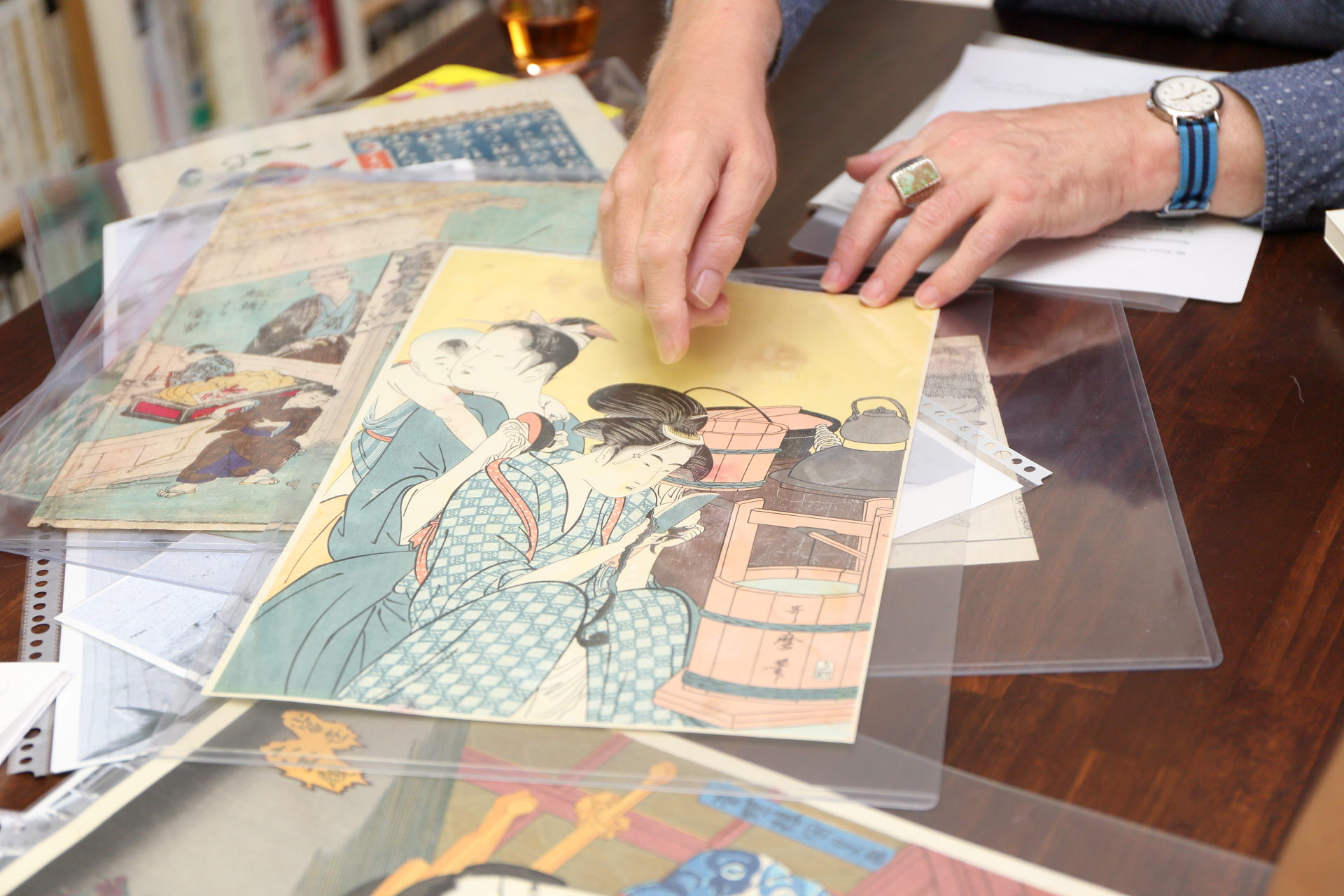
What in particular would you like to recommend about Japanese culinary culture to people abroad?
When people visit Japan, I hope they will not only go to sushi, teppanyaki, and other such high-end restaurants, but that they will also experience an izakaya.
Here they can see sake bottles lined up, the menu on the walls, interesting posters, and be surrounded by friendly tipsy businesspeople! The food is generally shared, and always seasonal.
It’s a good idea to ask the chefs what they recommend and which menu items are in season. And because of the casual atmosphere of izakaya, it’s easy to strike up a conversation with a stranger.
My sister lives in the UK and doesn’t speak any Japanese, but after visiting Tokyo, she said one highlight of her trip was the time when she dined at a lively izakaya in Nihonbashi.
Jumping in at the deep end, enjoying views of regular life, seeing “ordinary”, unornamented Japan, and having various new experiences will, I believe, create many happy memories.
Here they can see sake bottles lined up, the menu on the walls, interesting posters, and be surrounded by friendly tipsy businesspeople! The food is generally shared, and always seasonal.
It’s a good idea to ask the chefs what they recommend and which menu items are in season. And because of the casual atmosphere of izakaya, it’s easy to strike up a conversation with a stranger.
My sister lives in the UK and doesn’t speak any Japanese, but after visiting Tokyo, she said one highlight of her trip was the time when she dined at a lively izakaya in Nihonbashi.
Jumping in at the deep end, enjoying views of regular life, seeing “ordinary”, unornamented Japan, and having various new experiences will, I believe, create many happy memories.
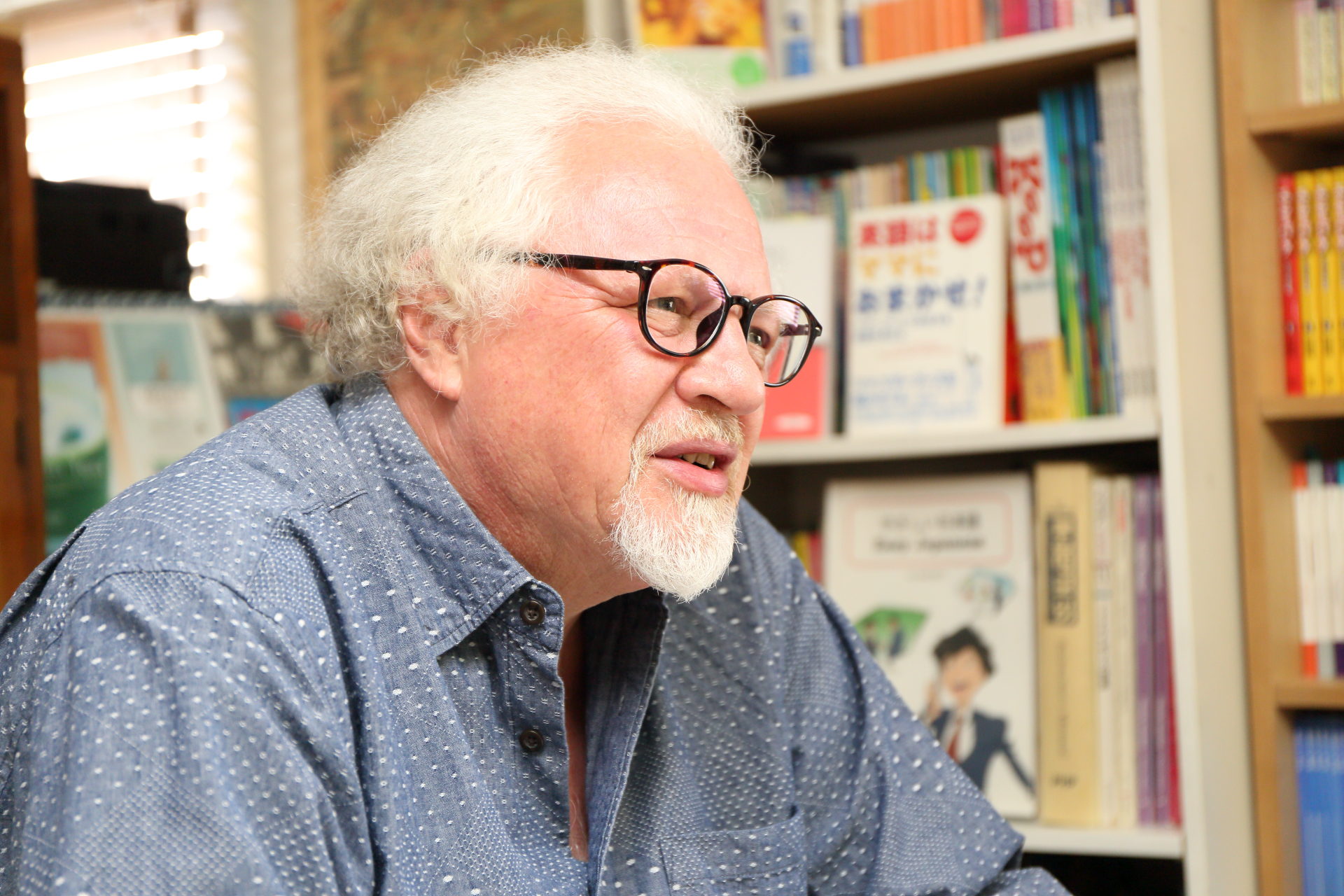
Writer : MINA HIRANO
/
Photographer : SATOSHI TACHIBANA


